Corinna Riginos first noticed the ants swarming her kitchen: a household pest situation familiar to people around the globe.
It was 2010 and she had recently moved into a lovely cottage surrounded by acacia trees to conduct postdoctoral research on large mammal ecology. She did not then realize that her research and the ants would soon intersect in surprising ways.
It turns out those ants raiding her kitchen pantry were much more than household pests. They were an invasive species that has surprising impacts on savanna ecology, impacting even the largest mammals.
A recent paper in the journal Science, led by Kenyan graduate student Douglas Kamaru and coauthored by Riginos and colleagues, showed that the ants may indirectly be causing lions to be less successful in hunting zebras, causing them to switch to other prey.
How could a small ant affect lions and zebras?
I recently spoke with Riginos, now director of science for The Nature Conservancy in Wyoming, on how invasive ants can have devastating ecological consequences in a landscape home to diverse and threatened large mammals.
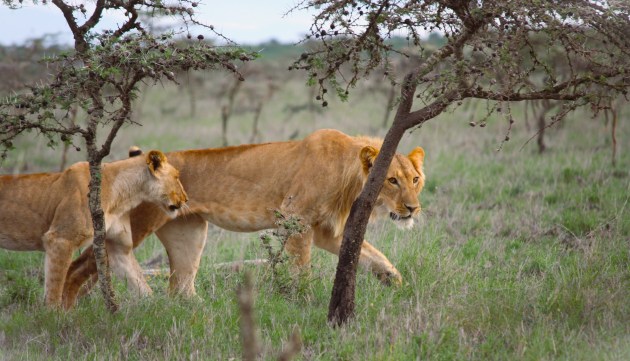
Native Versus Invasive Ants
Riginos identified the ant in her cottage as the big-headed ant, a globally invasive species. In fact, it’s so invasive and has been spread so widely, that it’s difficult to track exactly where it originated. And in many places where the big-headed ant establishes itself, it can have devastating consequences for agriculture and natural ecosystems. The aggressive ants form supercolonies and have a widely varied diet, a recipe for disaster.
“They will eat just about anything in their path including plant nectar, native insects and even bird chicks,” says Riginos. “If they can reach it, they will consume it.”
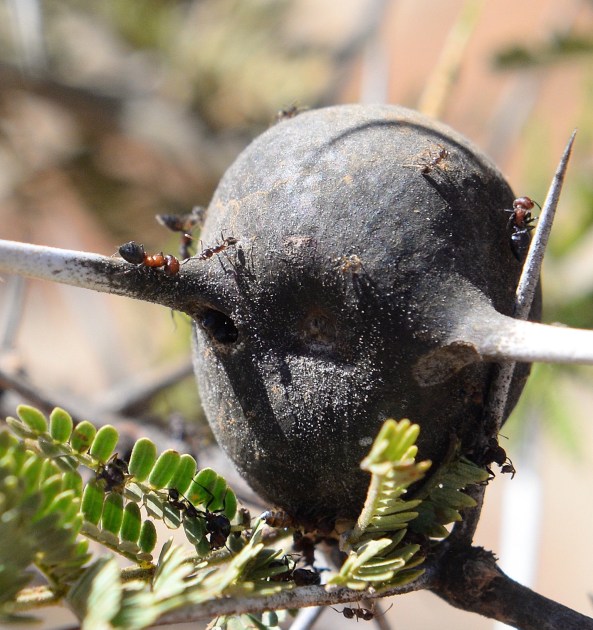
Their impact on native insect diversity in other places was well documented. Riginos wondered what their impacts might be on the savanna around her. She began working in Kenya in 2004, and it’s where she conducted her PhD and postdoctoral research. When she found the ants, she was doing postdoctoral research at Princeton University based out of the Mpala Research Center in Laikipia County, an area known for its cattle ranches and abundant large wildlife and a region where The Nature Conservancy has active projects.
Her mind immediately went to the whistling thorn acacias that surrounded her cottage. This tree species is home to four native ant species. Was the big-headed ant interacting with them? When she noticed that the trees around her home had been taken over by big-headed ants, she knew she was on to something major.
Her first line of inquiry involved setting up what she calls miniature “gladiator arenas” – Tupperware containers where she would place big-headed ants with native species. The big-headed ants are smaller and only won if there were more of them than the native ants.
She then cut little acacia trees, each with a native ant colony on it, at the base and took them to places invaded with big-headed ants. Three of the four native ant species ran down the tree to fight the invader.
“They immediately attempted to fight the big-headed ants,” Riginos says. “And they got creamed.”
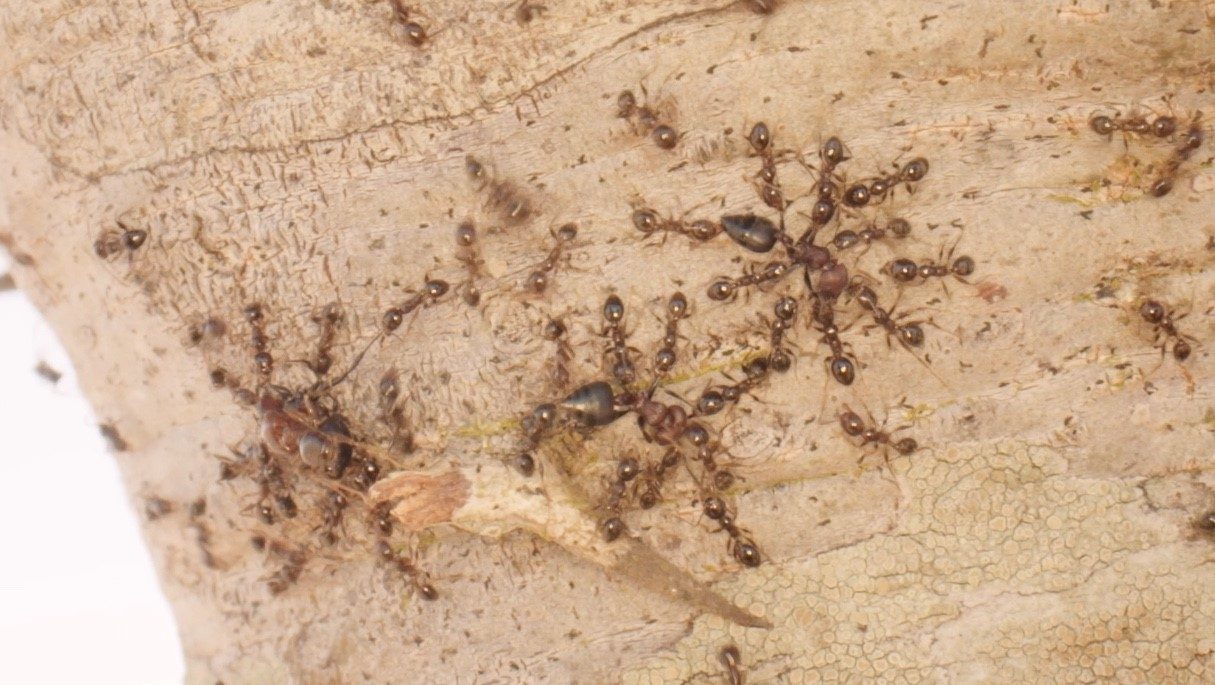
She describes the scene as “medieval,” with native ants rushing down to defend their tree, with the big-headed ants meeting them and tearing them limb from limb. The big-headed ants then breached the wall and got onto the tree, storming the native ants’ swollen thorn homes and raiding their broods. The invasive ants carried the native ant larvae back down to their nests in the ground: their battle loot.
Consequent field studies demonstrated that this was happening in the wild, too. Three of four species of native acacia ants completely disappear when big-headed ants move in. The fourth species hides in the shadows, trying to avoid encounters.
Once the native ants are wiped out, the big-headed ant indirectly causes a cascading series of effects. It is here this invasive species story gets even more interesting – and disturbing.
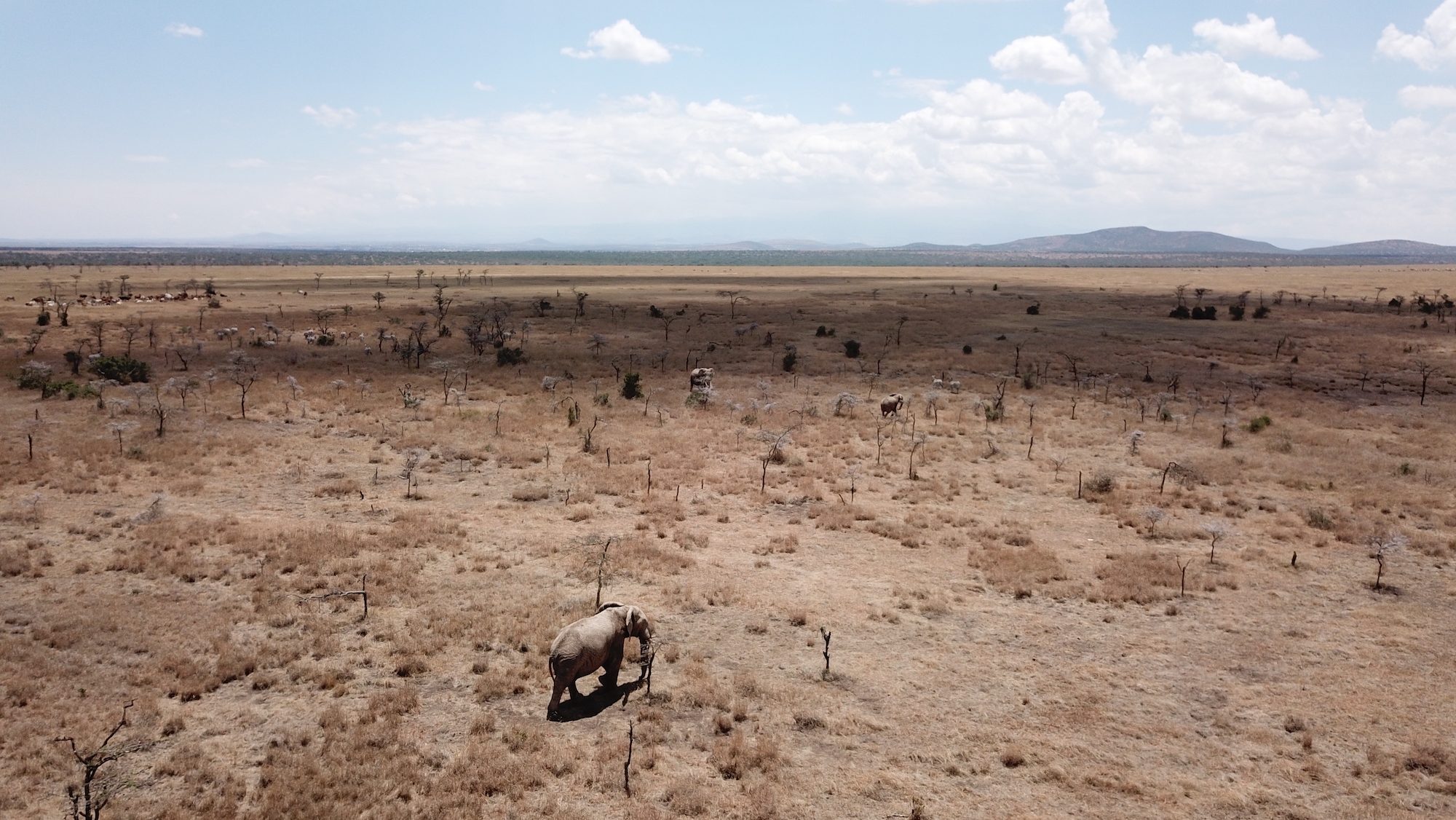
Elephants, Ants and Acacias
Acacia ants and acacias are a textbook case of what ecologists call a symbiotic relationship. The ants live in bulbous swellings at the base of tree thorns, where they find nectar and shelter. In turn, the ants defend the trees against herbivores. In particular, elephants.
How can tiny ants chase off elephants?
“They swarm and attack the elephant where it is most tender, like the trunk,” says Riginos. “They hone in on those tender areas. I know from firsthand experience. When I have them on me, they will bite in areas between my fingers and other areas where the skin is more tender.”
As such, an elephant will take a couple of bites and move on.
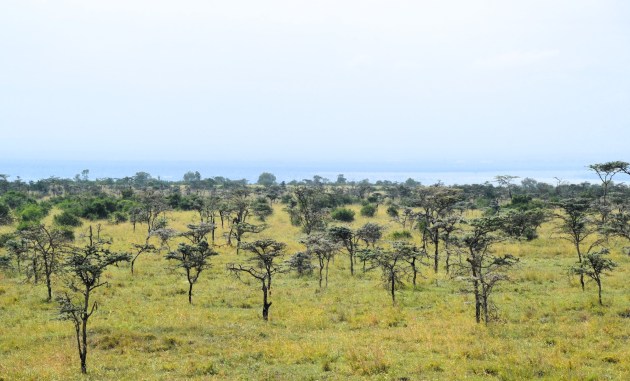
The big-headed ant has not evolved this defensive attack with herbivores. Cleared of native acacia ants, the elephant can browse in peace. And that’s bad for the trees.
An elephant can eat more than 300 pounds of vegetation daily. When it can stand in one spot, it can quickly demolish acacia trees. Riginos’s initial research, published in the journal Ecology in 2015, found astonishing consequences for tree cover.
The paper looked at five properties in Kenya and found native ants virtually extirpated wherever big-headed ants had become established. This in turn led to a five- to sevenfold increase in trees catastrophically damaged by elephants.
“Over time, the tree cover is going down,” Riginos says. “Small trees are disappearing really quickly. They’re the trees of the future.”
This loss of trees, in turn, has other impacts. “This is the rare case in ecology where you can show the cascading impacts of an invasive species step by step by step,” says Riginos.
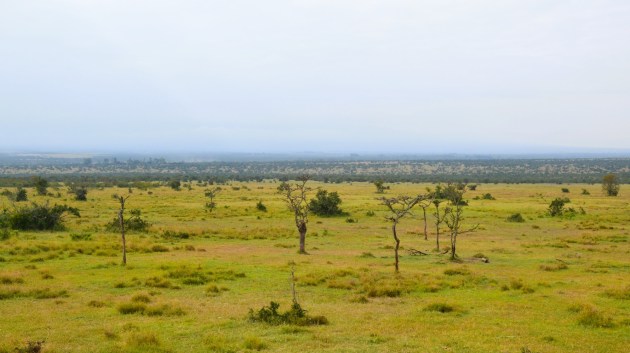
A Huge Rippling Effect
The recent paper in Science demonstrates how far-reaching the ant’s ecological impact can extend. In areas with less tree cover, caused by the big-headed ant, lions have much lower success in hunting zebras. The trees provide cover for the lions to hide, and without that, zebras more easily evade the predators.
In this case, the lion population has not declined – likely because they have switched instead to African buffalo, a species more likely to stand its ground than flee.
As a commentary on this paper published by Kaitlyn Gaynor, an ecologist not affiliated with the study, notes, “Ultimately, the conservation of healthy ecosystems requires not only the prevention of species extinction but also the identification and preservation of the most important interactions among species.”
The ant disrupts one of those important interactions.
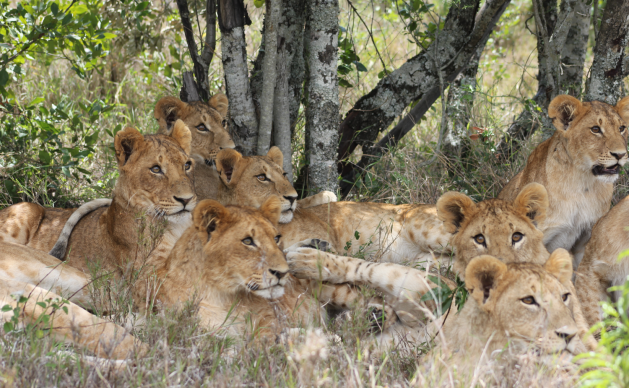
For Riginos, this ongoing invasive ant research underscores the importance of observation in conservation.
“A lot of the time, the best ideas come from getting out in the field and seeing,” she says. “You then connect your observation to what you know. That remains so important in research and in conservation.”
A small ant might be easy to ignore, but it turns out it has outsized consequences. “East Africa has a well-known and amazing diversity of large mammals,” says Riginos. “Many of the threats facing these wildlife species are also well known. But invasive species have an impact too. The big-headed ant has a huge rippling effect. If we want a future with these animals, we are also going to have to address invasive species.”
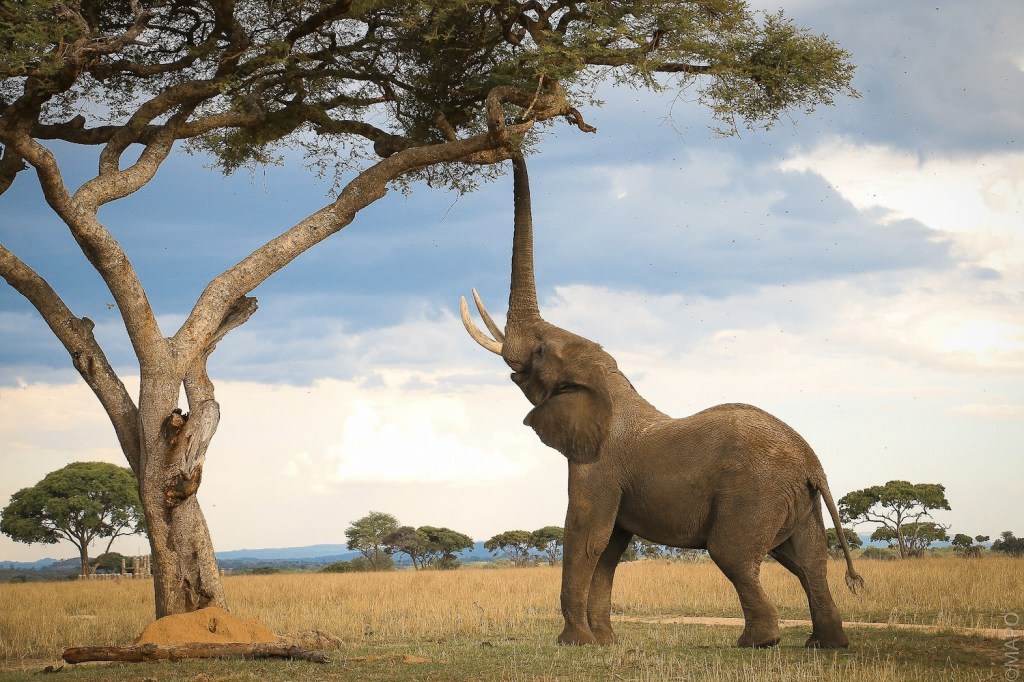



This is an amazing observation. Thank you for sharing.
Being a documentary photographer in Kenya, I have witnessed the impacts of climate change on the environment and this is an interesting perspective to look at as we work on conserving our ecosystems.
Maybe you can add another type of species (not native) to fight off the big-headed ants to balance the ecosystem, even though there will be more species added and it might be a bit different, but still might work out.
Who would a thunk it … an aggressive bunch of warrior ants … wiping out their bigger cousins and letting elephants nosh at leisure on Acacia.
Dear Ms. Riginos and Mr. Miller,
Please keep up your great works. Thank you for giving so much of your time and efforts for saving other life as well as ourselves.
Very disturbing. Any ideas about how to rebalance the ecosystem?
Another outstanding, if disturbing, article. Well done! Alec Andrus GEAS birder
Holy cow.
This is indeed disturbing! I can’t begin to figure out how this invasive ant could be removed, as any thing that would kill them would also kill the other ants you’re trying to save. And as widespread as they are, locating and destroying the big-headed nests is probably also not feasible. I think I’d rather just keep fighting invasive non-native plants in my area, which is also not easy…
AND perhaps it might be better to do something sooner rather than later!! Climate change isnt “coming” its here! Many creatures are well aware – no matter how few humans appear to be.